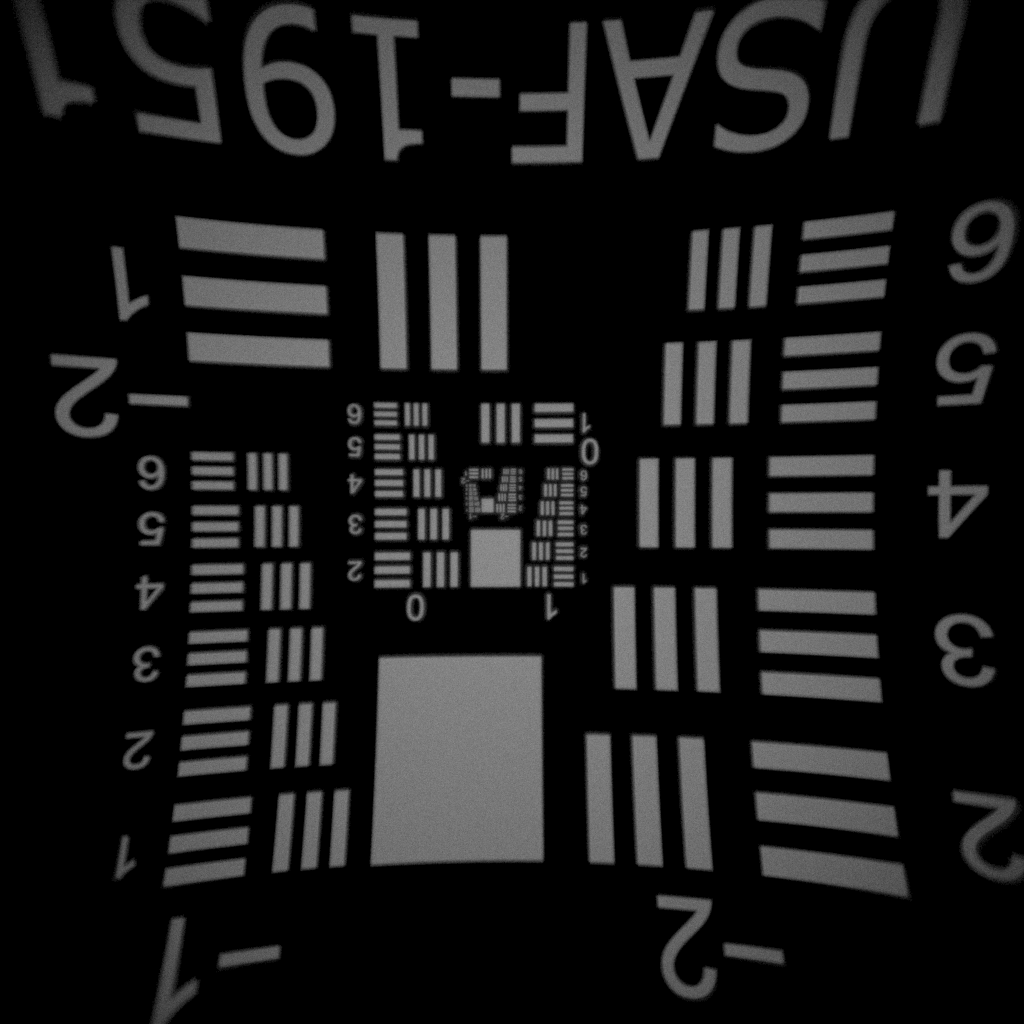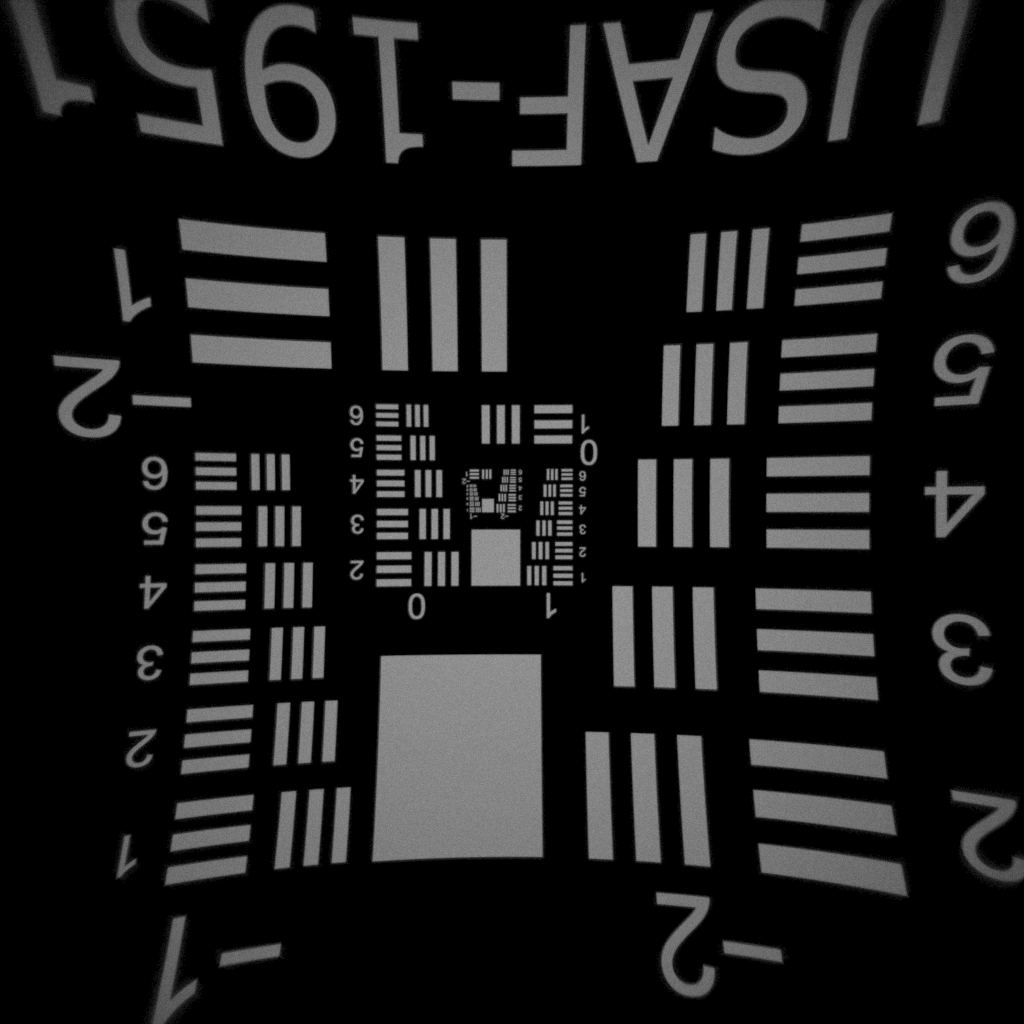Abstract
We introduce a method that automatically and jointly updates both continuous and discrete parameters of a compound lens design, to improve its performance in terms of sharpness, speed, or both. Previous methods for compound lens design use gradient-based optimization to update continuous parameters (e.g., curvature of individual lens elements) of a given lens topology, requiring extensive expert intervention to realize topology changes. By contrast, our method can additionally optimize discrete parameters such as number and type (e.g., singlet or doublet) of lens elements. Our method achieves this capability by combining gradient-based optimization with a tailored Markov chain Monte Carlo sampling algorithm, using transdimensional mutation and paraxial projection operations for efficient global exploration. We show experimentally on a variety of lens design tasks that our method effectively explores an expanded design space of compound lenses, producing better designs than previous methods and pushing the envelope of speed-sharpness tradeoffs achievable by automated lens design.
Expanding the throughput-sharpness Pareto front
Visualization
We visualize comparisons with a brute-force baseline and prior work in the interactive supplemental website.



Resources
Paper: Our paper is available here.
Code: Our code is available on Github.
Citation
@inproceedings{Teh2024Automatic,
author = {Teh, Arjun and Vicini, Delio and Bickel, Bernd and Gkioulekas, Ioannis and O'Toole, Matthew},
title = {Automated design of compound lenses with discrete-continuous optimization},
year = {2025},
booktitle = {ACM SIGGRAPH Asia 2025 Conference Papers},
series = {SIGGRAPH Asia '25}
}
Acknowledgments
We thank Andi Wang for discussions about Restore, and Ozan Cakmakci for discussions on commercial lens design tools. This work was supported by the National Science Foundation (awards 2047341 and 2238485), the Air Force Office of Scientific Research (FA 95502410244), Alfred P. Sloan Research Fellowship FG202013153 for Ioannis Gkioulekas, and a gift from Google Research.